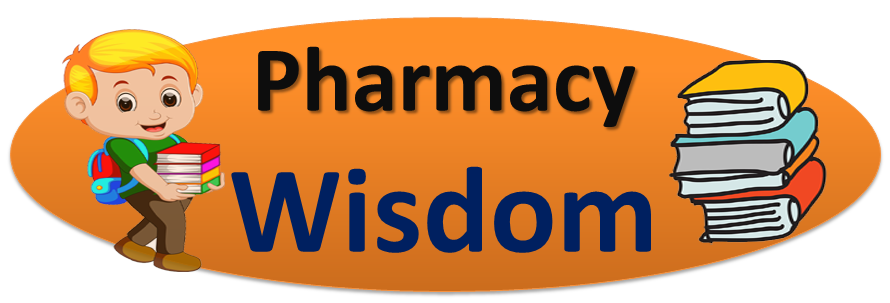
Hospital Clinical Pharmacy - D. Pharma 2nd Year Notes
D. Pharma 2nd Year Notes
Part-I: Hospital Pharmacy:
Hospital- Definition, Function, classifications based on various criteria, organization, Management and health delivery system in India.
Hospital Pharmacy:Definition Functions and objectives of Hospital pharmaceutical services. Location, Layout, Flow chart of materials and men.
Personnel and facilities requirements including equipments based on individual and basic needs. Requirements and abilities required for Hospital pharmacists.
Drug Distribution system in Hospitals. Out-patient service, In-patient services- types of services detailed discussion of unit Dose system, Floor ward stock system, satellite pharmacy services, central sterile services, Bed side pharmacy.
Manufacturing:Economical considerations, estimation of demand.
Sterile manufacture-Large and small volume parenterals, facilities, requirements, layout production planning, man-power requirements.
Non-sterile manufacture- Liquid orals, externals, Bulk concentrates. Procurement of stores and testing of raw materials.
Nomenclature and uses of surgical instruments and Hospital Equipments and health accessories.
P.T.C.(pharmacy Therapeutic Committee)
Hospital Formulary system and their organization, functioning, composition.
Drug Information service and Drug Information Bulletin.
Surgical dressinglike cotton, gauze, bandages and adhesive tapes including their pharmacopoeial tests for quality. Other hospital supply eg. I.V.sets, B.G. sets, Ryals tubes, Catheters, Syringes etc.
Application of computers in maintenance of records, inventory control, medication monitoring, drug information and data storage and retrieval in hospital retail pharmacy establishment.
Part II: Clinical Pharmacy:
Introduction to Clinical pharmacy practice- Definition, scope.
Modern dispensing aspects- Pharmacists and patient counseling and advice for the use of common drugs, medication history.
Common daily terminology used in the practice of Medicine.
Disease, manifestation and patho-physiology including salient symptoms to understand the disease like Tuberculosis, Hepatitis, Rheumatoid Arthritis, Cardio-vascular diseases, Epilepsy, Diabetes, Peptic Ulcer, Hypertension.
Physiological parameters with their significance.
Drug Interactions:Definition and introduction. Mechanism of Drug Interaction. Drug-drug interaction with reference to analgesics, diuretics, cardiovascular drugs, Gastro-intestinal agents. Vitamins and Hypoglycemic agents. Drug-food interaction.
Adverse Drug Reaction: Definition and significance. Drug-Induced diseases and Teratogenicity.
Drugs in Clinical Toxicity- Introduction, general treatment of poisoning, systemic antidotes, Treatment of insecticide poisoning, heavy metal poison, Narcotic drugs, Barbiturate, Organo-phosphorus poisons.
Drug dependences,drug abuse, addictive drugs and their treatment, complications.
Bio-availability of drugs, including factors affecting it.
Books Recommended :( Latest editions)
1. Remington's pharmaceutical sciences.
2. Testing of raw materials used in (1).
3. Evaluation of surgical dressings.
4. Sterilization of surgical instruments, glassware and other hospital supplies.
5. Handling and use of data processing equipments.


0 Comments: